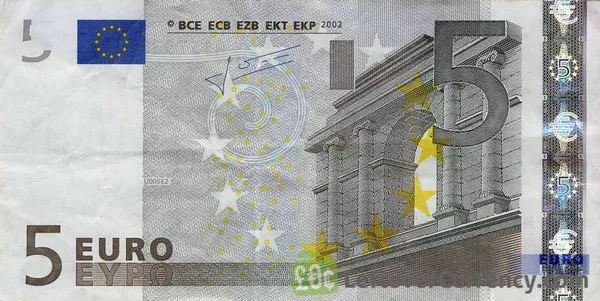The euro, the currency used by 19 member countries of the European Union, has been losing value against the US dollar in recent years. In this article, we will explore some of the factors that have contributed to this trend.
The Eurozone Crisis
One major factor that has affected the value of the euro is the Eurozone crisis, which began in 2009 and lasted for several years. The crisis was triggered by the financial collapse of Greece, which revealed deep structural problems in other Eurozone countries as well.
As investors began to lose confidence in Eurozone economies, they started selling off their euro-denominated assets and buying dollars instead. This led to a decrease in demand for euros and a subsequent decline in its value against the dollar.
Monetary Policy Differences
Another factor that has contributed to the decline of the euro is the different monetary policies pursued by the European Central Bank (ECB) and the US Federal Reserve. While the ECB has maintained a more accommodative monetary policy, including negative interest rates and quantitative easing, the Fed has been gradually raising interest rates and reducing its balance sheet.
As a result, investors have been attracted to higher yields in the US, causing them to sell euros and buy dollars. Additionally, the Fed’s tighter monetary policy has led to a stronger dollar, further weighing on the euro.
Political Uncertainty
Political uncertainty can also impact the value of a currency, and the euro has not been immune to this phenomenon. Over the past few years, Europe has faced a number of political challenges, including Brexit, the rise of populist movements, and tensions between EU member states.
These events have led to concerns about the future of the EU and the strength of the eurozone economy. As a result, investors have become more cautious about holding euro-denominated assets, leading to a decrease in demand for euros and a decline in its value against the dollar.
Trade Imbalances
Trade imbalances can also impact exchange rates, and the euro has been affected by its large trade surplus with the US. According to data from the US Census Bureau, the US had a trade deficit of $101 billion with the European Union in 2018. This means that the EU exported more goods to the US than it imported.
While a trade surplus is generally seen as a positive for a country’s economy, it can also contribute to currency weakness. In this case, as euros flow into the US to pay for exports, the higher supply of euros can lead to a decline in its value against the dollar.
Will the euro go back up against the dollar?
Even at the end of our forecast horizon in 2026, the euro is only seen recovering to USD 1.16 per EUR, below the average of 1.21 observed during the 2010s, and far weaker than the rates of over USD 1.50 per EUR achieved during the late 2000s.
Conclusion
The euro has been losing value against the dollar due to a combination of factors, including the Eurozone crisis, differences in monetary policies between the ECB and the Fed, political uncertainty, and trade imbalances. While these factors have contributed to the decline of the euro, it is important to note that exchange rates are complex and can be influenced by a wide range of economic and geopolitical factors.
Investors should keep an eye on developments in Europe and the US to better understand how these factors may impact the value of the euro and other currencies. Additionally, investors may want to consider diversifying their portfolios to include a mix of currencies to help mitigate currency risk.


